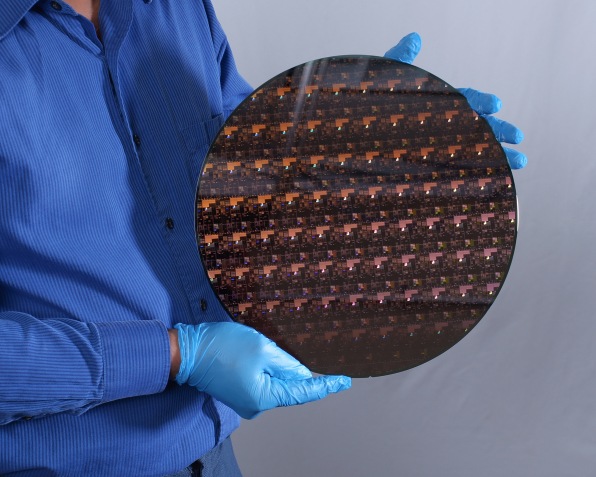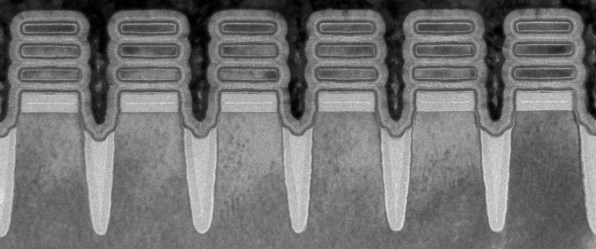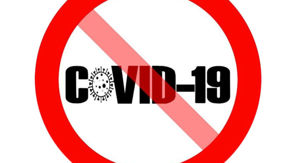3 mins read//
Moore’s Law, coined in 1965 by Intel’s co-founder Gordon Moore, predicts that the number of transistors on a microchip will double about every two years, while the cost continues to go down. That trend was true for decades, but lately semiconductor industry insiders believed Moore’s Law was all but dead. IBM’s latest invention, the 2-nanometer chip, suggests the principle is still alive and well.
Semiconductor chips hold the data needed for us to use our computers, cellphones, appliances, cameras, and cars. As the pandemic spurred a massive transition to remote work, increasing our reliance on computers, it fueled even more of a necessity for chips—and also helped precipitate a global chip shortage. “People take it for granted,” says Mukesh Khare, vice president of IBM Research. “But everything runs on semiconductors. Chips are the backbone of everything that we’re doing in modern technology.”

The 2nm chip will likely raise performance across all the gadgets that use them—like our cellphones and Microsoft Xboxes—while also making them smaller and allowing for impressive new features. IBM forecasts an average increase of 45% in product performance, which could allow us to charge cellphones once every four days rather than daily, and autonomous cars to make smarter and quicker decisions. All the while, these electronics should be cheaper, because smaller means less expensive to produce.


In the context of the semiconductor shortage, the invention is welcome news for the industry. Before the pandemic, with the stamina of Moore’s Law questioned, investment was dwindling, and manufacturing jobs were moving overseas. To bring its blueprint into fruition, IBM is now working with manufacturing partners, both in the U.S. and abroad, to begin mass production of the semiconductor in 2024. Khare says this secures a clear roadmap for scaling semiconductor tech, while potentially lowering carbon footprints, for at least the next 10 years.
After that, how much smaller can they get? Khare is optimistic, but says the main challenge will be sustainability. “Is there enough power in the world to be able to fuel all these chips?” he asks. “If we can keep power in check, I think we can keep going for a long time.”











